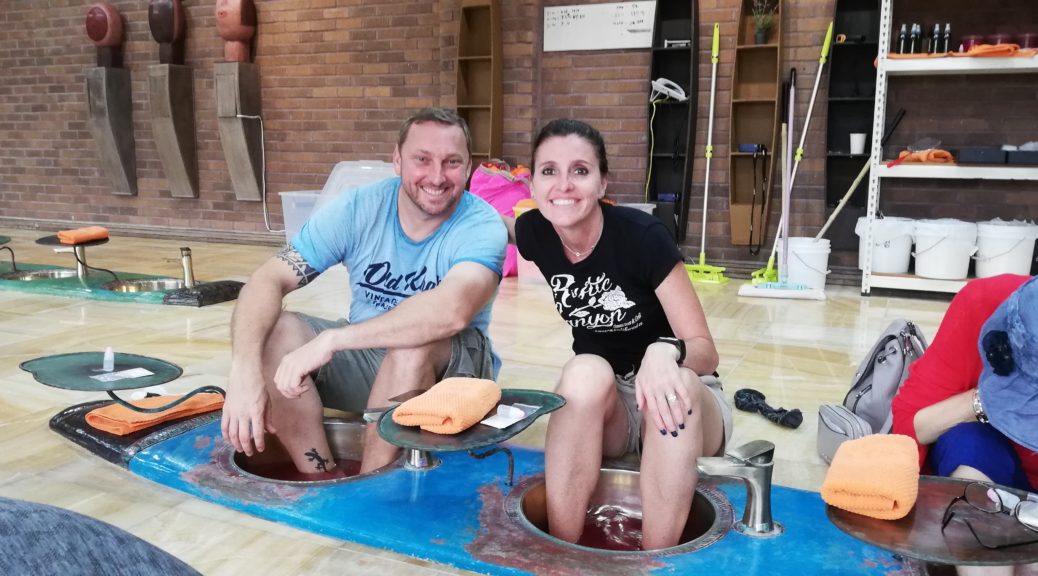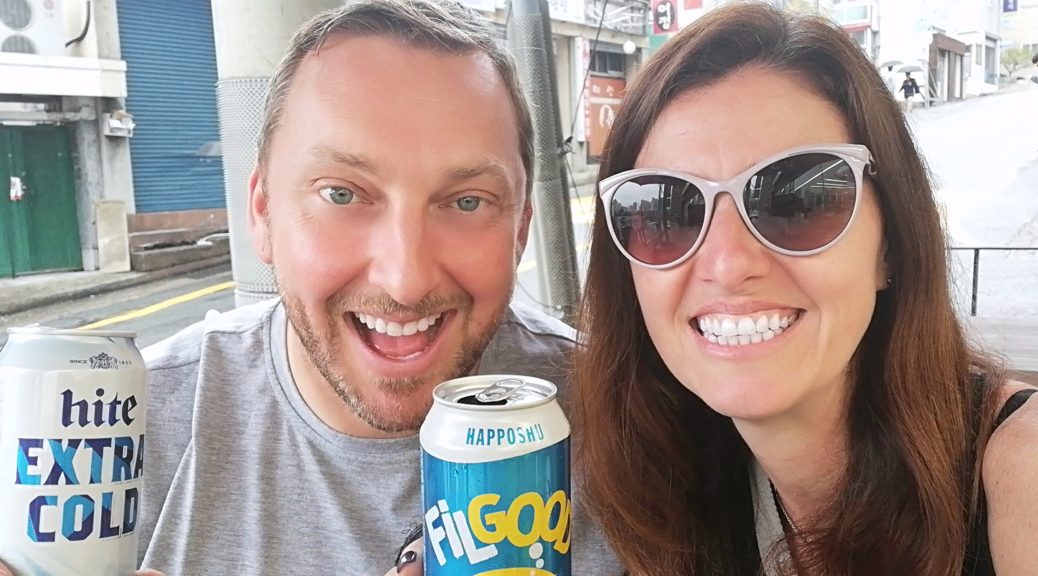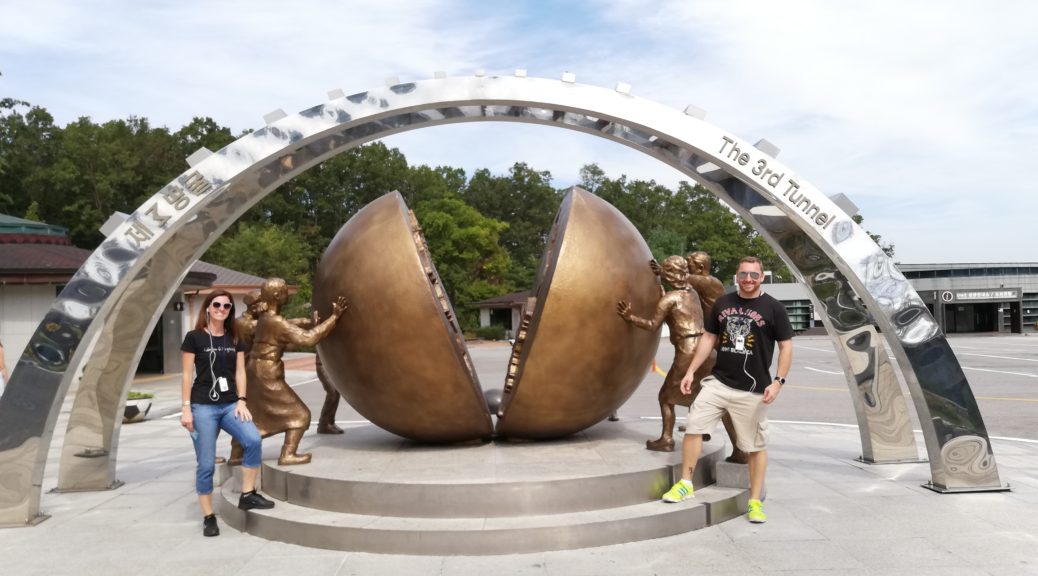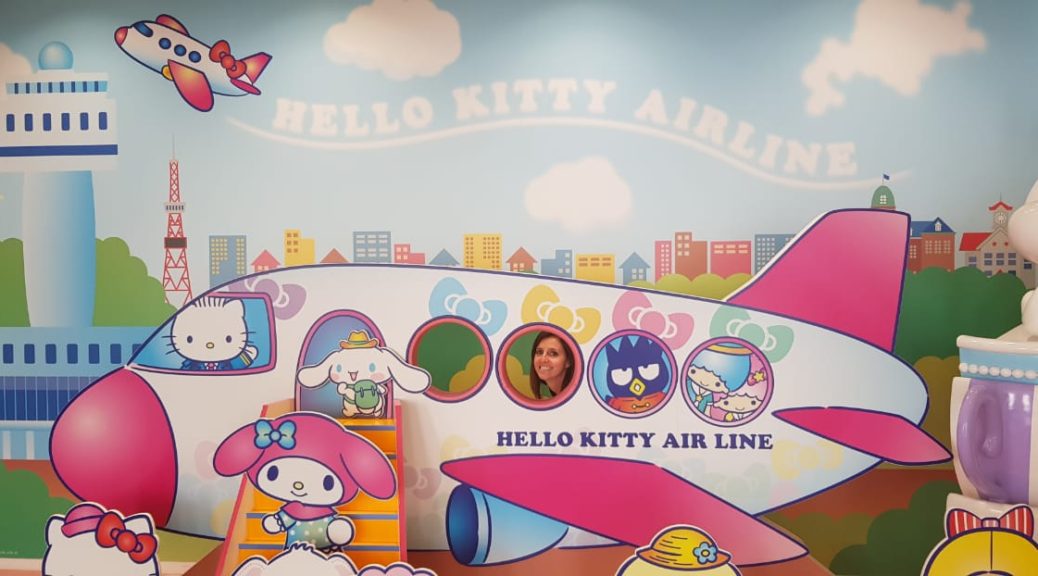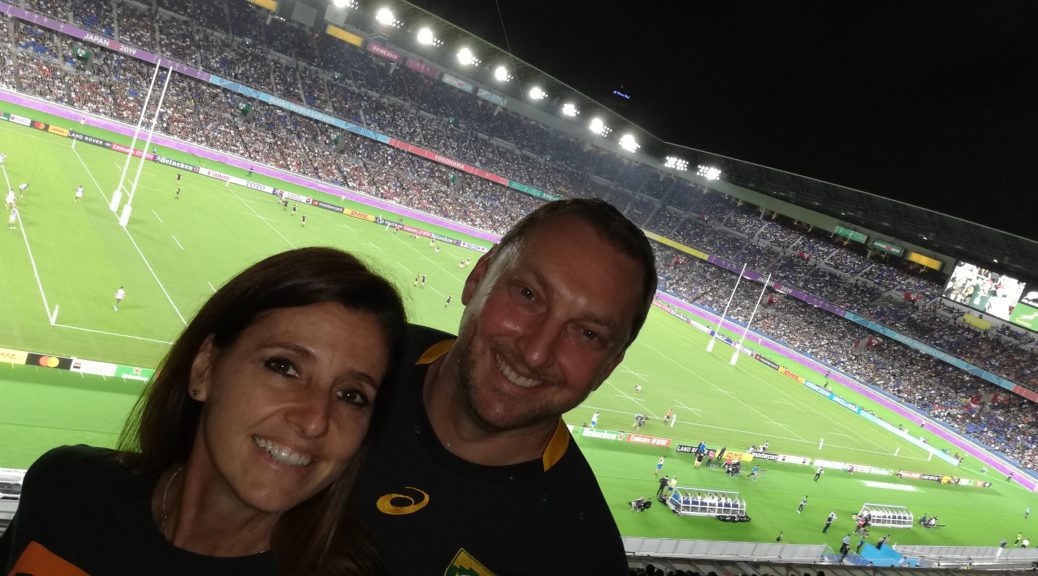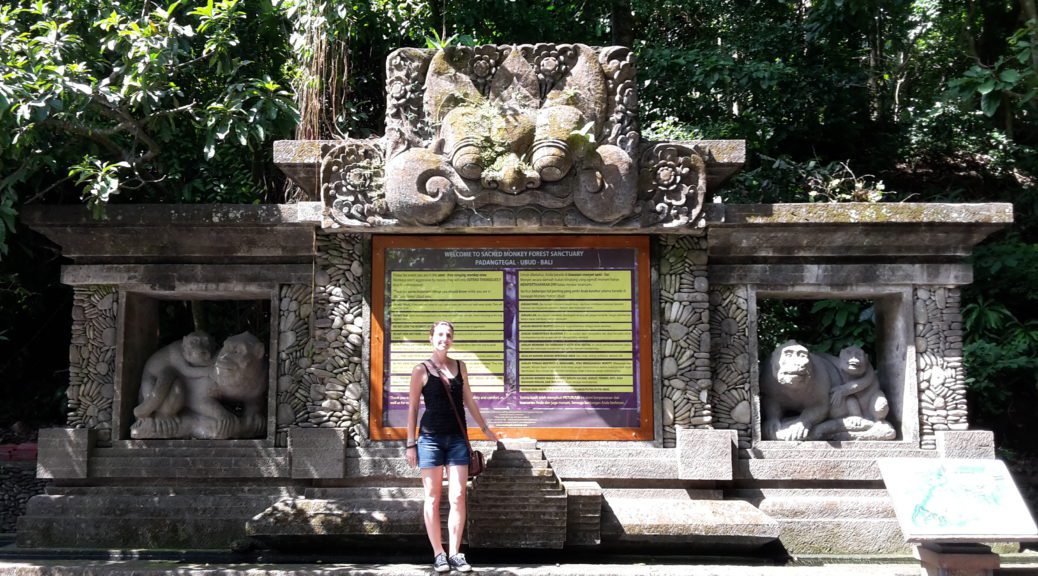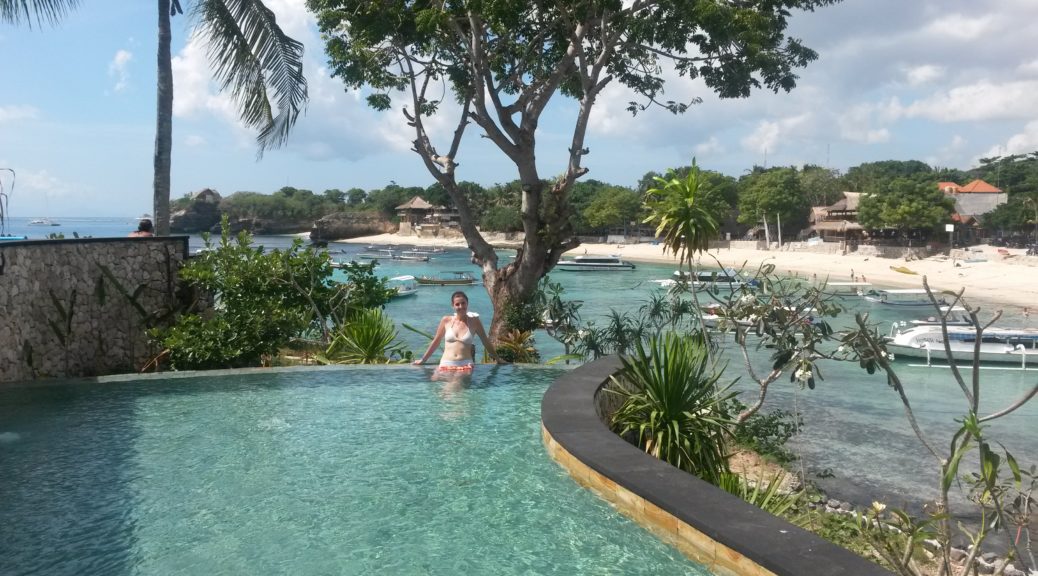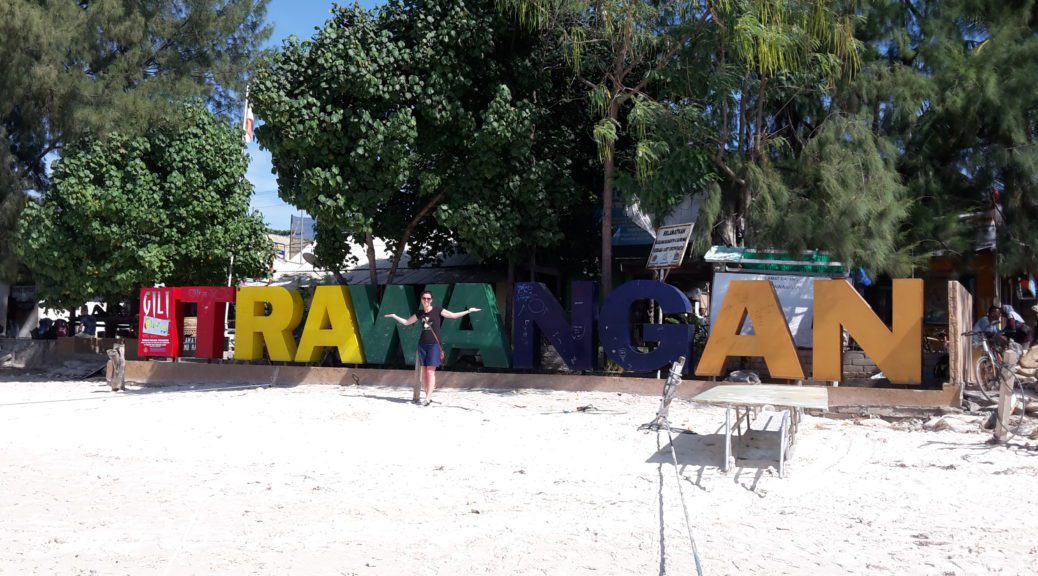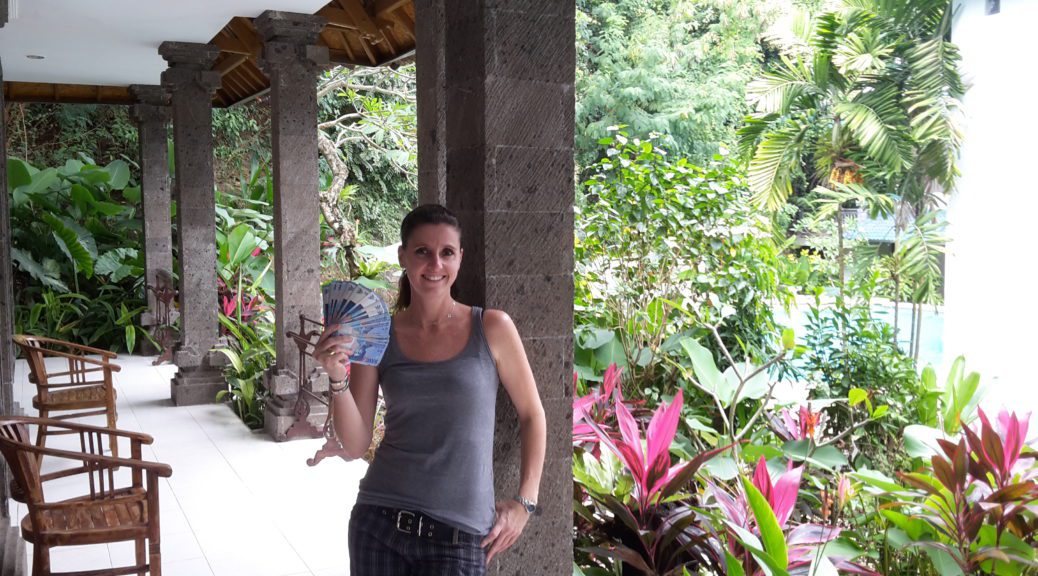FUJIYOSHIDA
01-04 October 2019
We flew in from Jeju Island in South Korea to meet up with our friends from home, Michele and Ian, with whom we’d be spending our last few days in Japan.
Having not visited Fuji on our previous trip to Japan in 2015, it was an easy choice to get out of the rush of the big cities for a breather for our friends after a week in Tokyo and for some slower movements for us after a whirlwind trip.
By the time our plane landed, our friends had already done the admin for our rental car, so we jumped on the rental company’s shuttle to go and collect our vehicle.
We had been quite considerably upgraded from a Mazda 5 to a Toyota, which was a very luxurious people carrier with all sorts of bells and whistles, like a neon interior light that ran around the edge of the roof and the colour of which could be changed using the panel on the roof. Who know what else that panel controlled – all the instructions were in Japanese – and we were too cautious to press and prod randomly quite yet.
It took about 2 and a half hours to get to our Airbnb rental (motorway all the way it was an easy drive but with a speed limit of 100kph it was slower going than we’re used to).
Our host, Tom, was there to meet us and delivered a painstaking hour-long tour that explained every knob and button in the house… And there were hundreds of them since the house had every possible modcon and accessory, including electric windows, jet bath, an automated toilet and a sound system that could permanently damage your ears if you cranked it to full potential!
With lots of nodding and subtle hunting, we managed to marginally expedite the tour, which concluded with a Google Earth virtual tour of the neighbourhood since we’d asked where we could get fed and watered.
Our house, although not situated in the country as we’d imagined it would be, was in a very convenient location, walking distance from a few blocks of wall-to-wall entertainment.
We headed out on foot, crossed the tracks and scanned a few of the narrow streets looking for something of interest.
We found a tiny little bar, attracted by the signage outside that broadcast its English menu and English staff acting as voluntary tour guides that were enthusiastic to share info about the area, Japanese culture etc.
We entered to find 8 stools facing the barman, who had an assortment of liquors displayed on the shelf behind him. There was a Western couple on the two far right seats and two Japanese gents on the two far left ones, leaving four in the middle for us. Perfect.
We settled in, ordered Japanese beers and sake, and tuned into the conversation the barman was having with the couple on the right (from Manchester), giving them the lowdown on what there was to do and see in the area.
Our barman, Don, was from California and had been called to Japan on short notice 3 years earlier with the opportunity to be an emergency substitute English teacher; loved the experience and wanted to stay on so partnered with a local to open this bar. He had great advice on what we could do to keep ourselves entertained.
Don ordered us pizzas from the place across the road and, with Christian playing DJ, we spent several hours in our lovely cosy pub, bonding with the stream of Japanese people that floated in and out for a stop on their pub crawl.
When it was time to close, Don walked us down to an all-night Karaoke bar where we had a nightcap and broke the wailing Japanese ballad medley with a catterwauling group rendition of Yellowcard’s song “Ocean Avenue”.
WEDNESDAY
Needless to say, Wednesday started late. Fortunately there had been a midnight mission to 7Eleven so we had supplies to make lifesaving toasted sarmies for breakfast.
It also took quite a long time for us to get ready and moving, largely fuelled by the fact that our house was so conducive to lounging about and Michele had a load of washing to do, which was an excellent reason to stay put.
Mid-afternoon we were ready to face the world.
Although the famous Chureito Pagoda was walking distance from home, we took the car as we wanted to go and see the lake from there and that was just far enough to nix any ideas of an ambitious walk. Good thing too because there are 398 steps up to the pagoda so we needed to be fresh!
The Pagoda was built in 1958 at a cost of cost 10 million Yen (mostly funded by the citizens) by the mayor of Fujiyoshida to enshrine the citizens who died in the wars since 1868 (Sino-Japanese War, Russo-Japanese War, WW1 and WW2).
It was a 5 storey traditional pagoda that looked familiar, so must be quite iconic and used quite broadly as a Japanese symbol.
Having been pre-prepped by Don, we didn’t hesitate to climb the stairs behind the pagoda to get the archetypical photo with the pagoda on the one side and Mount Fuji on the other.
Then it was on to Lake Kawaguchi, the second biggest of the Fuji Five Lakes, but the most popular and set up for tourists, with hotels and shops around the shoreline and lots of boating, sailing and other watersport activities available for hire.
We sat quietly and admired the water over and ice cold Coke, jokingly trying to convince Ian to hire a panda pedalo.
He was more interested in getting a steak. Having been very sporting about eating the local foods during our trip, which is lots of noodles, rice, soups, veg and quite low meat, we were keen to support that idea.
One of the friends we’d made at Don’s bar the night before was a butcher and had told us the name of his shop, so we hatched a plot to go an surprise him with a visit.
Onishi Butchery was just around the corner from the Lake and within a few minutes we were at the counter ordering Wagyu steaks, bacon and pork skewers. Our friend was delighted to see us and since we had no shared language between us, there was lots of smiling, giggling and photo-taking to fill the gap.
The steaks were delicious! Christian pan-fried them at high heat to sear them and then cut them into strips so we could savour the juicy flavour in small bites.
Don had warned us that everything opened quite late in our town, to tie in with people coming back from work, so he only opened his bar at around 18h30 and, for example, the ramen place opposite him only opened at 20h00, so we knew not to head out too early.
It was easy to keep ourselves entertained at our house, with our big screen online TV and each other for company. Had we not committed to returning to Don for a Japanese beer-tasting, we could happily have stayed home.
But we went. And good thing too because not only had Don gotten in beer stocks especially for us, but he had also lined up a special guest star – a South African friend of his, all the way from Klerksdorp! Ian’s home town!
It was very interesting to hear his experiences, his take on Japanese life and his opinions on what was happening back home based on the news and updates he got.
We stayed probably longer than we should have, sampling 5 different Japanese beers and washing them down with regular tots of sake. Don had specially gotten a bottle of gold tequila to celebrate Ian’s birthday and was intent on making a dent on the bottle, pouring massive quadruple tots at a time for Ian.
It was wonderfully liberating to have a night like the one we had and be able to walk home afterwards. And the fresh air breathed new life into us and we cranked up the house for a bit of afterparty.
THURSDAY
Needless to say, Thursday started late – and with a fry up of the magnificent bacon we’d bought at the butchery.
Using the opportunity for a down day, we enjoyed our house, watching music videos, chatting, taking an afternoon walk around the neighbourhood and buying a vast selection of local meals from the 7Eleven so we could fill in the gaps of what we’d not yet tried in restaurants along the way on our trip.
In the evening we logged into Netflix and watched both seasons of Derry Girls in one big binge watch!
With square eyes we saw in midnight to wish Ian a happy birthday before all toddling off to bed.
We had quite an early start on Friday with our hosts needing us out by 10h00 so that they could prepare the house for the next residents who were to be arriving that afternoon.
It was good discipline for us given that that job for the day was to roadtrip down the coast through Shizuoka to Hamamatsu, which would serve as our homebase for the night while the boys went to rugby and Mich and I entertained ourselves.
By getting out earlier, we were afforded time to make a few stops on the way.
The first was the Aokigahara Forest which is dubbed ‘Suicide Forest’ because of the astounding number of people that have chosen it as the location to meet their maker.
With the forest bedded on lava from a Mount Fuji eruption, the mineral content has impacted that ecosystem such that there are only select plants, insects and animals that thrive there, making the forest quieter, eerier and even more isolated than a normal humanless forest. I imagine that sort of solitude can’t be good for someone who is already teetering on the brink.
More trees, but less sinister, at Miho Pine Grove where legend has it that a fisherman called Hakuryo happened upon a beautiful robe called “Hagoromo”. He was going to take the robe for himself when a maiden appeared and said it was her robe and she needed it to get back home. Begrudgingly the fisherman complied on condition that she show him her celestial Dance, which she did and off she went.
Emerging on the other side of the pine grove, we accessed the beach; black sand and interesting waters that graded from clear to azure to deep blue on the horizon. A picture perfect spot with sea, sand, forest and Mount Fuji (in the distance in the background) all in one shot.
The thinking had been to have a lovely lunch on the beach to drink in the scenery… But there were no restaurants along the beach so we had to make so with a little place one road in from the beach, that had a stellar online rating. The fact that it was an Italian restaurant didn’t deter us at all since a) South Africa was due to play Italy in a World Cup match that evening, b) we could have seafood pasta in keeping with the beach theme and c) it still looked, felt and sounded like a Japanese restaurant.
We were spoilt for service with 3 Japanese ladies clucking over us, desperate for us to have a good time and enjoy their food. They gave us complimentary soup starters and iced coffee for afters and the one older lady got quite enthusiastic about South Africa when she realised – from a lengthy exchange of charades – that we were there for the game. Her warcries and vigorous air-punching had the Frenchies at the table next to us in stitches.
From there it was just over and hour into Hamamatsu.
We had tactically booked a hotel directly across from the station so it would be easy for the boys to jump on a train to and from their rugby match at Ecopa Stadium, half an hour away.
Mich and I waved them off and did a reccie of the neighbourhood and then returned to our hotel for our complimentary welcome drink while game planning our own evening.
A quick Google revealed that we were in the thick of the action and the Rugby World Cup Fanpark seemed a logical place to start.
From there we needed to tick the Irish Bar box, so found ourselves at the Lord Nelson, where we were fortunate to be seated next to an American Brit who had been raised in Yokohama and spent a year in, of all places, Polokwane! He had a whole new perspective to add and, having lived in Hamamatsu for a few months, was very helpful in directing the rest of our evening.
We took his advice based on the food recommendation, knowing that the boys would be starving after the match and having not eaten since lunch. They were. And were very grateful that we’d already ordered an assortment of things – deep fried camembert, kettle fried potato crisps and a roast beef bowl – so the food came very quickly.
Our pub crawl took a turn for the worst after that though when we got stuck in our second pub, where we integrated with a very cosmopolitan cornerful of people and things went south very quickly, including Christian swapping shirts with a very chatty Japanese chap!

